
We have two parts here. The first is but a very lightly-edited version of a review originally written for Amazon some years back around 2005:
This book—I am incapable of thinking of it as anything other than one of the greatest books of the twentieth century.
My writing of these words is very, very personal. Though I never met the author in the flesh, he has radically changed my life – radically, which means to say: from the roots. He has worked to heal and expand my soul in ways I could never sufficiently honour in words.
But again, he has not acted in the flesh to transform me, but through the profound hermetic Catholic writings he left behind, of which this is one.
Through his hermetic and Catholic writings … I want to stress that. At Amazon, one may well gain the impression that the author was simply an esoteric Christian of the Anthroposophical school of Rudolf Steiner.
This would be because the other books under the Tomberg’s name stem from his Anthroposophical youth. However before he died, the author actually asked that these early Anthroposophical works never be reprinted!
Instead, he has left us with two major hermetic Catholic writings, of which this is the second. The first book is the anonymously written Meditations on the Tarot.
What this book contains is a series of hermetic and Catholic reflections – that is to say both esoteric and traditional – on three thousand years of the Judaeo-Christian current.
One long section thus deeply probes the events of Moses on Mount Sinai and the relevance of the Ten Commandments today. Another delves into the seven miracles of the Johannine Christ.
Here the final miracle of the raising of Lazarus receives an astonishing treatment and the reader may need to catch his breath at the vast and profound significance given to those three words: Lazarus Come Forth!
Far, far more though, is probed, contemplated, lifted into fresh light and sanity – far more than I can render justice to here. But just for example, there are passages considering the history of Christianity and its need for regenerating impulses at intervals over the centuries.
The author sees these coming through the successive advents of the great orders of the West, the Benedictines, then the Franciscans and Dominicans, and most recently the Jesuits. Here especially the author seems far away from the Anthroposophy of his youth, which condemned Jesuitism.
Though the author still respects certain accomplishments of Rudolf Steiner, he has profoundly separated himself from Anthroposophy. To take just one further example, there is an analysis of the hidden causes of the first world war that seems to me, anyway, so very different to that of Rudolf Steiner’s and also the politics of Rudolf Steiner.
But these are again, simply selected examples of the content. There is just so, so much in the book that in a short Amazon review, it is impossible to do justice to. Although the book is just 296 pages long, its content is so intensive, that it is as though it contains many more. At least for myself, this is a book to be read again and again, discovering new vistas with each fresh encounter.
If I cannot here summarise the quantity on offer here, I hope that I can at least point to the quality. On the page of Amazon reviews, another reader has invoked the word “holiness” in regard to this authentic masterpiece. How deeply I agree!
This is not simply a book for the mind, but for the whole heart, soul and life of the reader, who will contemplatively enter into its recesses, recesses which can indeed serve to heal and make whole again …
2011 Post-Amazon Afterword:
To the above, I need to add that like Meditations on the Tarot, this book contains occasional elements, which are less than orthodox. The book then is paradoxically both less than traditional and extremely traditional—at one and the same time.
There is a discussion of this paradoxical situation about Valentin Tomberg in a series at my weblog starting here. In addition, this stand-alone post on Tomberg and the Vatican may be likewise helpful in this regard.
Also, I have not seen the latest edition of the book. I am under the impression that it is possibly marketed in a way, which might evoke concern in traditional Catholics. In one sense, this would be a shame, if true. On the other hand, it may well reach an audience in this way that has never come across such traditionalism in all its life!
Certainly, I was once such a soul myself. My New Age life had entirely cocooned me from the Catholic Tradition. And it was only through this author that the cocoon began to break and I, at last, broke free . . .
Back then, Catholic Tradition seemed bizarre indeed and I can still recall my heart sinking like a stone, reading this book. For therein I saw how Valentin Tomberg had nothing good to say about the “progressive” Vatican II. For him, the Second Vatican Council only led to death:
The “fresh wind” of the Council was not the wind of the Pentecost miracle in the Church, but a wind blowing out of the “world” into the Church – through a portal which had now been opened. It was not the effect of the Church on the world, but the effect of the world on the Church. . . .
The Second Vatican Council became a door which opened to the world, but in such a way that the “world’s wind” blew into the Church .
The Council for which Pope John XXIII prayed did in fact fail; it failed to fulfill the highest and most responsible task of the Church’s leadership, to guard the “portal” where the way begins which leads to degeneration, to exhaustion, and to death (hades) – the “way of the world”. This failure to guard the threshold of the portal opening up to the “way of the world”-which, as we have shown above, is nothing else and can be nothing else but the way to death.
Yes, I can still recall sitting on park bench in London reading those words, heart sinking . . . And yet it was only after years of denial that I began to take seriously how conservative and traditional the author truly was.
Yes: due to reasons indicated above, I am concerned that this classic of the tradition may be passed over by traditionalists, who will scarcely be able to credit that such a book contains a robust defense of Catholic Tradition.

Thust, I should like to append one remarkable passage from the book, which may help lovers of tradition and give non-lovers pause for thought:
“The Christianity of the hermits … was no passing phenomenon limited to a few centuries only. Today it still lives with all the intensity of its youth. Though it may not be deserts and thick forests into which one can retire into an undisturbed solitude nowadays, there are still people who have found or created in the deserts of the great cities and among the thickets of the crowds, a solitude and stillness of life for the spirit.
And as before, their striving is devoted toward becoming a witness for the truth of Christianity. The way into the depths has not led them to an individualistic brand of belief, but has given them unshakable security in the truth of Christian revelation as transmitted and taught by the Church.
They know the truth of the following: Extra Ecclesiam non est salus (“there is no salvation outside the church”); the Holy Father is not and cannot be the mouthpiece of an ecumenical council; the Holy See alone can make decisions in questions of faith and morals – a majority of the bishops cannot do so and even less can a majority of priests or congregations do so; the Church is hierarchic-theocratic – not democratic, aristocratic or monarchic – and will be so in all future times; the Church is the Civitas Dei (“the City of God”) and not a superstructure of the will of the people belonging to the Church; as little as the shepherd follows the will of the herd does the Holy Father merely carry out the collective will of his flock; the shepherd of the Church is St Peter, representing Christ – his pronouncements ex cathedra are infallible, and the power of the keys of the kingdom of heaven belongs to him and him alone.
In other words, those who become solitary in order to seek profundity may reach on their path of spiritual experience to the unshakeable insight that the dogmas of the Church are absolutely true.
And so it can happen that, as they did at the time of the Arian darkening of the Church, the “hermits” of today may come again to the assistance of the Holy See, leaving their solitude to appear as witnesses to the truth of Peter’s throne and its infallible teaching.
In those times it happened that St Anthony of Thebes left the desert and hurried to Alexandria to support St Athanasius with the weight of his moral authority – St Athanasius who became the standard bearer for the divinity of Christ.
The darkening which today is described as “the present crisis of the Catholic Church” can lead to the necessity for the solitary sons of the Church to hurry to the aid of the Holy Father, the most solitary of solitaries, in order to save the Church from the abyss toward which she is moving. ..”
Finally, dear Lector, I would like to say that these final words regarding “the necessity for the solitary sons of the Church to hurry to the aid of the Holy Father … in order to save the Church from the abyss” have been a major source of inspiration for this website.
This abyss is very real and each of us must do what we can.
Foreword for Monarchy by Roger Buck
Buying Books at Amazon Through These Links Gives Us a Commission. This Supports Our Apostolate. Thank You if You Can Help Us Like This!
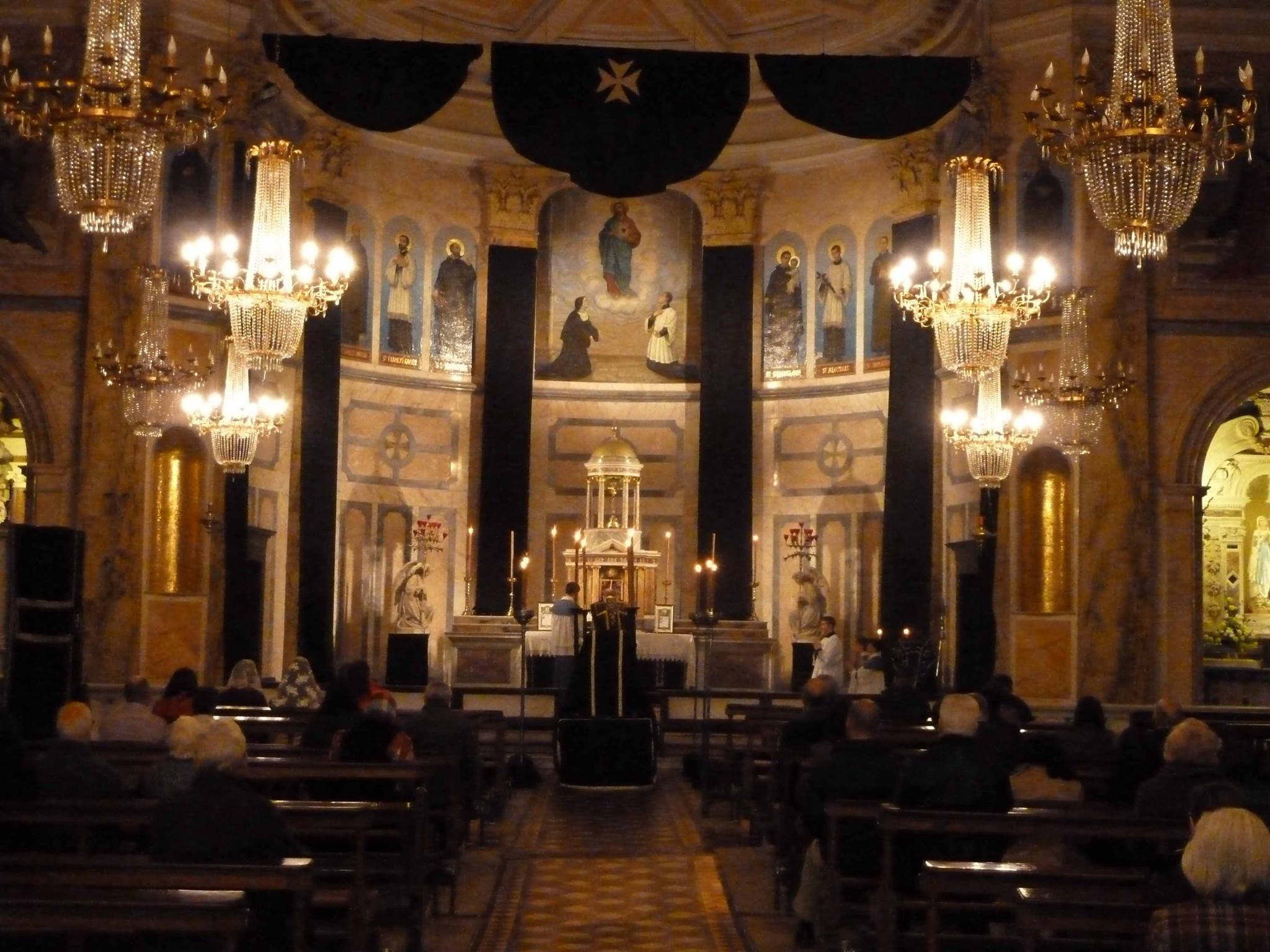
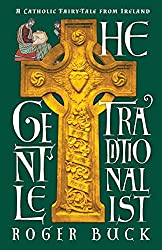
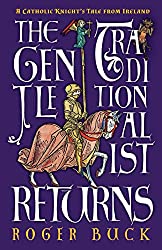
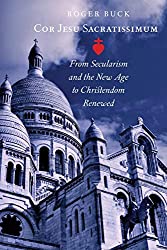
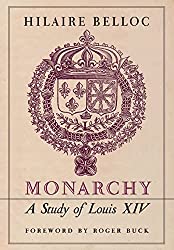
Comments
comments are currently closed
9 responses to “Lazarus Come Forth by Valentin Tomberg (Review)”
[…] Pope exonerates Jews for Jesus’ death Pope Benedict XVI has made a sweeping exoneration of the Jewish people for the death of Jesus Christ. Read more on BigPond News Also you can read this related blog page: https://corjesusacratissimum.org/2011/03/book-review-lazarus-come-forth-by-valentin-tomberg/ […]
[…] Cor Jesu Sacratissimum HomeDedicationAbout UsKim's WeblogRoger's WeblogWebburstsReviewsArticlesUK StoreUS Store « Book Review: Lazarus Come Forth by Valentin Tomberg […]
[…] As it happens, these were among the last paragraphs that Valentin Tomberg left to this world, coming as they do from an unfinished manuscript that breaks off barely a few sentences later. (This is now published in a collection entitled Lazarus Come Forth). […]
[…] Rather than say more myself today, I thought I would instead append to all of this, some profound words from Valentin Tomberg. These are taken from a meditation, among other things, on degeneration and time in the first section of his work Lazarus Come Forth. […]
[…] This takes manifold forms throughout both Meditations on the Tarot and Lazarus Come Forth. […]
[…] Valentin Tomberg either. But in this mosaic of a review, we pause for Tomberg’s remarks (in Lazarus Come Forth) […]
[…] in Lazarus Come Forth, Tomberg will say that the Counter Reformation spearheaded by Saint Ignatius expresses a new […]
[…] before the author’s death – of a book variously entitled Covenant of the Heart or Lazarus Come Forth. It is a book less well-known than Tomberg’s Magnum Opus. I had read it several times before I […]
[…] changes. And I should like to close with a remarkable passage from Tomberg’s final book Lazarus Come Forth (something of a shorter companion volume to the […]